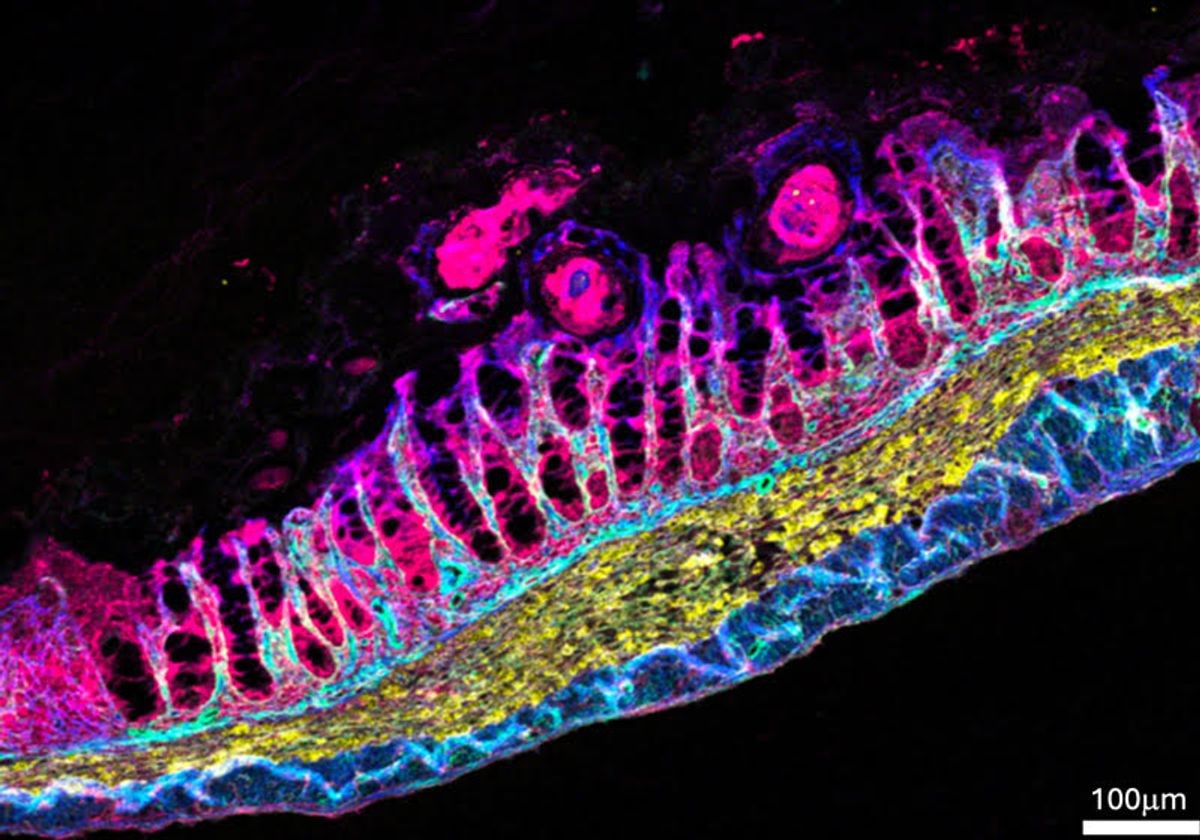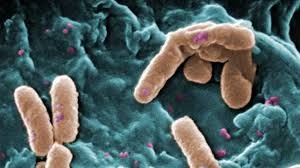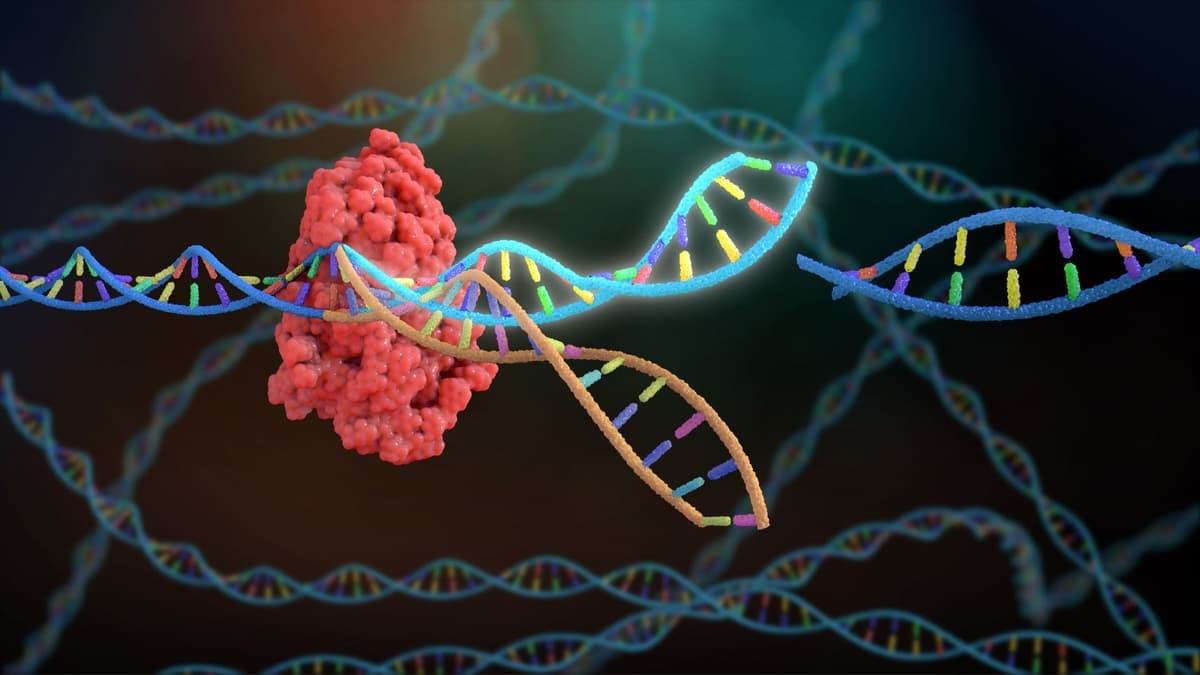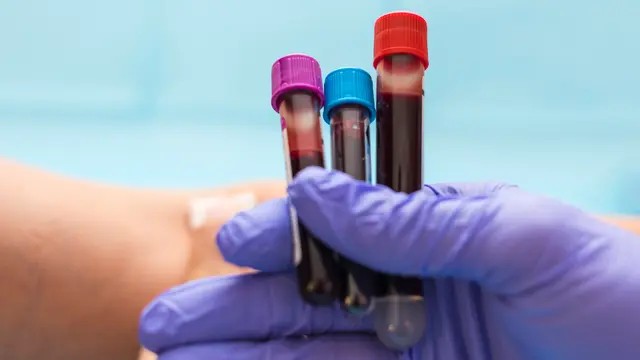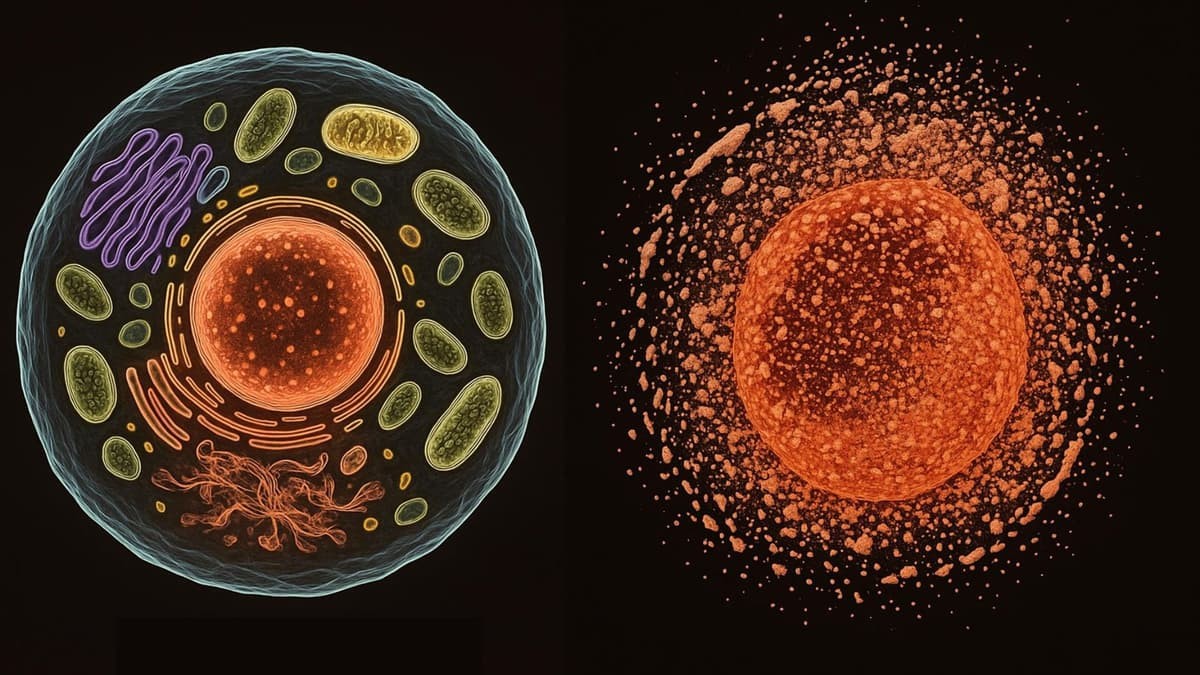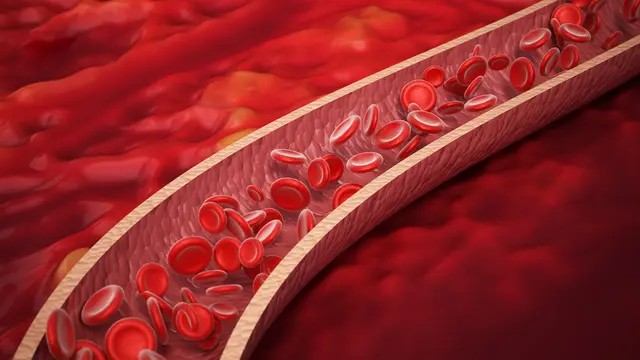First-Ever Therapy to Reverse Spinal Cord Injury Begins Human Trials
A groundbreaking shift in spinal injury treatment is on the horizon, as the world’s first regenerative cell therapy has received approval to begin a registrational Phase I clinical trial. This marks a historic milestone with the potential to treat what has long been considered an incurable condition.
This week, the US Food and Drug Administration (FDA) and China’s National Medical Products Administration (NMPA) authorized the global clinical trial targeting spinal cord injury (SCI), a condition affecting over 15 million people worldwide. SCI occurs across all demographics, commonly caused by traffic accidents, sports injuries, serious falls, and workplace accidents. Currently, there is no cure—treatment focuses on managing symptoms through surgery and rehabilitation to improve quality of life. However, many patients are left with paralysis or severe lifelong disabilities.
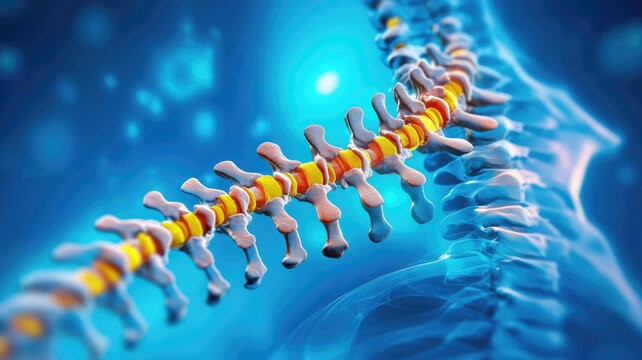
Figure 1. Landmark Therapy Aims to Repair, Not Just Manage, Spinal Injury
Chinese biotech company XellSmart is poised to revolutionize spinal cord injury treatment, as its allogeneic induced pluripotent stem cell (iPSC) regenerative therapy has received approval from both U.S. and Chinese health authorities to begin clinical trials. iPSCs are immature stem cells capable of developing into specialized cell types—in this case, neural cells needed to replace those damaged or destroyed by spinal cord injuries. The therapy aims not only to repair the injury but also to regenerate the full range of cells required to restore function to the affected area. Figure 1 shows Landmark Therapy Aims to Repair, Not Just Manage, Spinal Injury.
According to XellSmart, China and the U.S. report around 100,000 and 18,000 new cases of spinal cord injury (SCI) annually—about 10 and 2 cases per hour, respectively. Most of these injuries result in permanent disability, greatly impacting patients' quality of life. Because the central nervous system has limited regenerative ability, repairing SCI remains a significant challenge.
The newly approved human clinical trial follows four years of preclinical research. XellSmart's therapy is designed to be an off-the-shelf solution, not requiring cell harvesting from individual patients. If successful, it could offer a universally applicable treatment that is easy to produce and scale for widespread availability.
Thanks to extensive research on cell subtypes, the allogeneic cells—sourced from donors rather than the patient—are expected to carry a low risk of rejection.
The SCI clinical trial is being carried out in collaboration with Sun Yat-sen University’s Third Affiliated Hospital in China, a leading center specializing in the treatment and study of complex spinal cord injuries.
This trial marks the latest effort by XellSmart, which is also developing cell therapies for Parkinson’s disease and ALS. If successful, this groundbreaking treatment could restore function for people living with paralysis.
The Phase I trial—focused on safety, effectiveness, and dosing—is expected to conclude sometime next year. If results are positive, the therapy will advance to Phase II with a larger patient group, likely starting no earlier than 2028. If all goes well, the treatment could be mass-produced and available "off the shelf" within five to seven years.
“We’re moving beyond care and into cure,” said a XellSmart spokesperson. “For the first time, we’re offering real hope to millions living with spinal cord injury.”
References:
- https://newatlas.com/chronic-pain/spinal-cord-injury-cell-therapy/
Cite this article:
Janani R (2025), First-Ever Therapy to Reverse Spinal Cord Injury Begins Human Trials, AnaTechMaz, pp. 408


